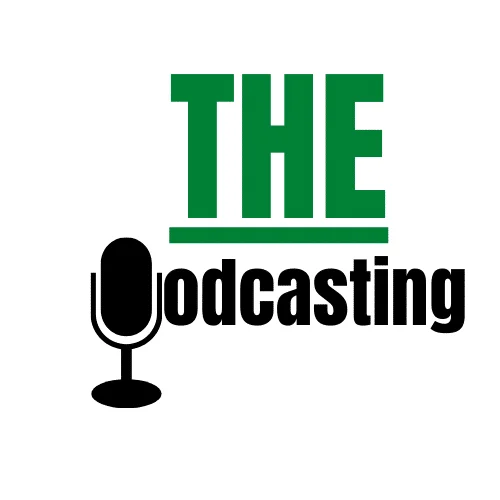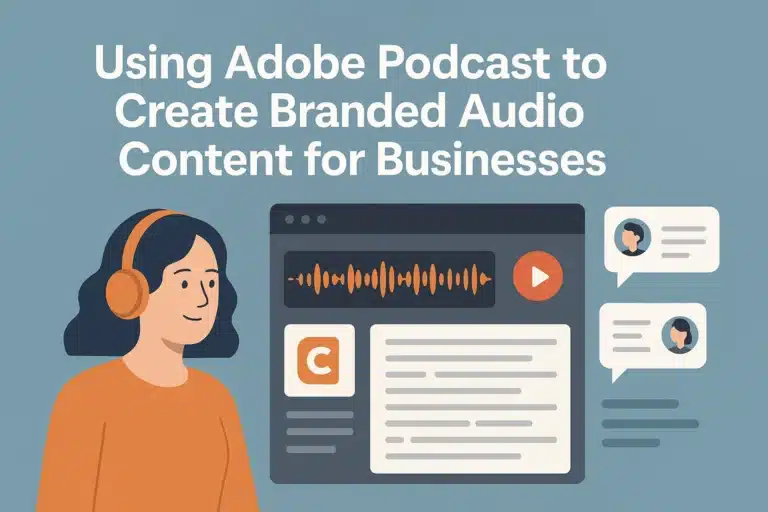Captivate is a podcast hosting and analytics platform that aims to empower podcasters with everything they need to create, host, distribute, and grow their podcasts. It offers a wide range of features and tools to help podcasters build their audiences, engage with listeners, and monetize their content. In this article, we’ll take a closer look at Captivate and its features, as well as its advantages, disadvantages, pricing plans, and more.
Captivate Hosting: Best or Worst Decision?
What is Captivate?
Captivate is a popular podcast hosting and analytics platform that allows podcasters to host, distribute, and monetize their podcasts with ease. It offers a user-friendly interface, top-notch audio quality, and robust analytics to help podcasters grow and engage their audience.


